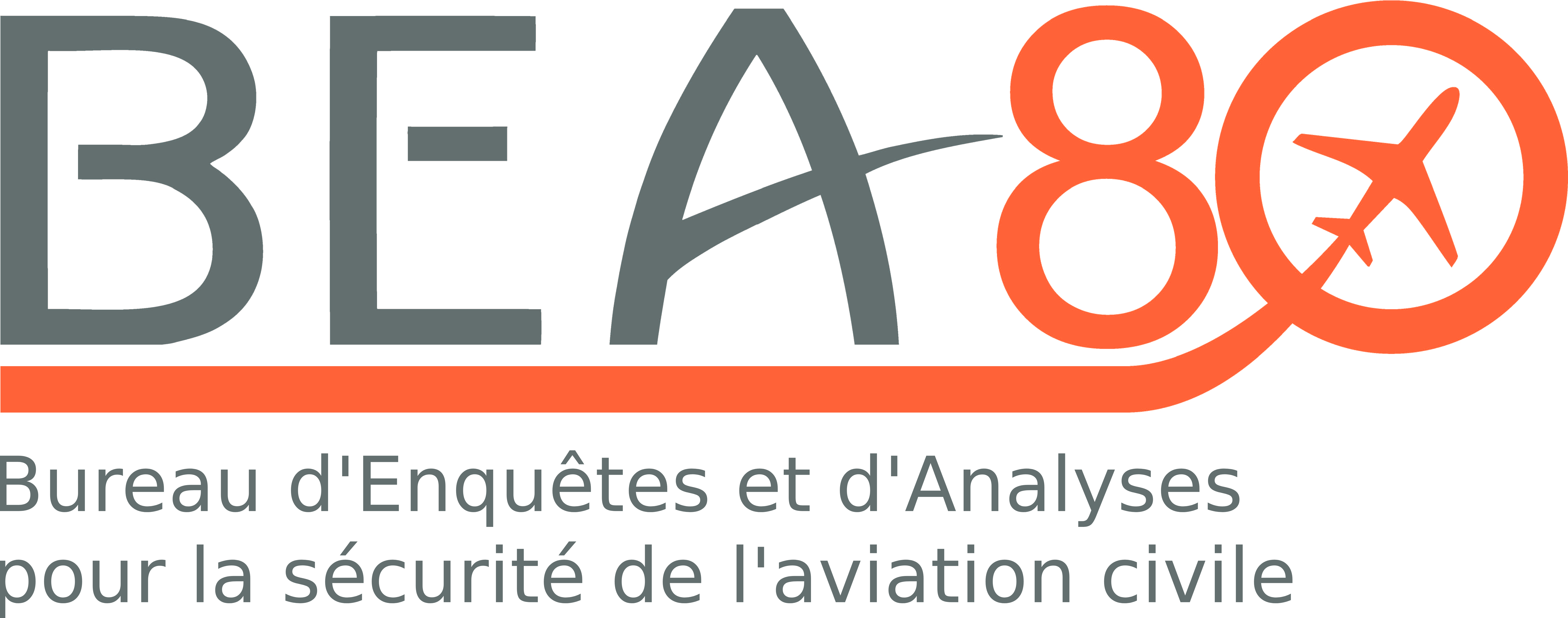Accident to the Cessna 177RG registered D-EROR on 18/12/2021 at Sarlat ( Dordogne)
Atterrissage train rentré lors d'un exercice moteur réduit, en instruction
Cat. 3 investigation report: report concerning an occurrence with limited consequences, based on one or more statements not independently validated by the BEA.
This is a courtesy translation by the BEA of the Final Report on the Safety Investigation published in March 2022. As accurate as the translation may be, the original text in French is the work of reference.
Note: The following information is principally based on statements made by the instructor and the trainee pilot. This information has not been independently validated by the BEA
1 - HISTORY OF THE FLIGHT
The instructor and the pilot in instruction took off at around 11:30 from Belvès aerodrome bound for Sarlat aerodrome (747 x 20 m) in order to convert a CPL license issued in South Africa into a CPL “part FCL” license. The session’s educational goal was to carry out reduced engine power exercises (with an approach starting on the downwind leg and an approach starting overhead facilities). After flying over the facilities, the instructor positioned the aeroplane at 2,000 ft, over the runway 28 threshold, in order to start a reduced engine power exercise on runway 10. He then handed over the controls to the pilot who carried out the approach and configured the aeroplane with the flaps in the landing position.
Neither the trainee pilot nor the instructor heard the landing gear not extended and locked aural warning. The Cessna touched down on the first third of the runway, on the fuselage, and then slid straight ahead for about 250 m before coming to a stop.
2 - ADDITIONAL INFORMATION
2.1 Pilot information
2.1.1 Instructor
The 30-year-old instructor held a CPL(A) license issued in March 2016, with IR, ME, SE and SEP ratings as well as an instructor rating FI(A). At the time of the accident, he had logged 1,100 flight hours of which 863 hours as an instructor and 30 hours in the previous 3 months.
2.1.2 Trainee pilot
The 28-year-old pilot held a PPL(A) license issued in March 2015 and a South African CPL(A) license. At the time of the accident, he had logged 560 flights hours of which 70 hours on type and 4 hours in the previous 3 months.
2.2 Aeroplane information
The Cessna 177 is a metal single-engine aeroplane with high wings and retractable tricycle gear. It has a Lycoming IO-360-A1B6D 200-hp engine.
The flight manual specifies that in the C177 RG, an intermittent aural warning sounds if the landing gears are retracted or extended but not locked when the engine manifold pressure is below a reference value (12 inches of mercury).
Two-position lights indicate if the landing gears are retracted (amber) or extended and locked (green).
The examination of the aeroplane on the ground confirmed that the aural and visual warnings correctly operated.
On D-EROR, the aural warnings are emitted through a loudspeaker and do not pass through the audio box (Intercom, VHF). The aural warnings are not transmitted to the headsets of the occupants.
2.3 Statements
The instructor indicated that the pilot and himself used active noise-reduction (ANR) headsets. He added that the aural warning is not very loud and that his attention focused on managing the flight path probably deprived him of the resources necessary to perceive the warning. He added that he had not “stuck to” the checklist, neither to the before-landing checks during this exercise.
3 - SAFETY LESSONS LEARNED
On light aeroplanes, two systems can emit aural warnings. Warnings can either be sent to the audio box (intercom, VHF) to be then transmitted to the headset jacks or to the loudspeaker, or they can be sent solely to the loudspeaker as was the case of D-EROR. In this case, active noise-reduction headsets partially filter the aural warnings and the ambient noise. It is all the more probable that these warnings will not be perceived when there is a high workload, especially during exercises.


